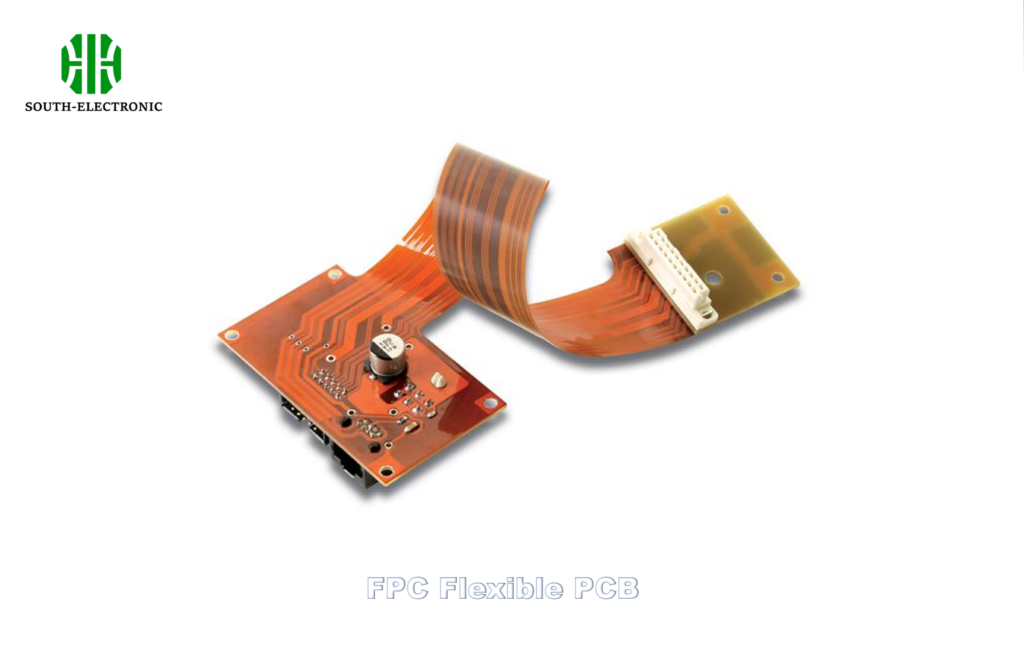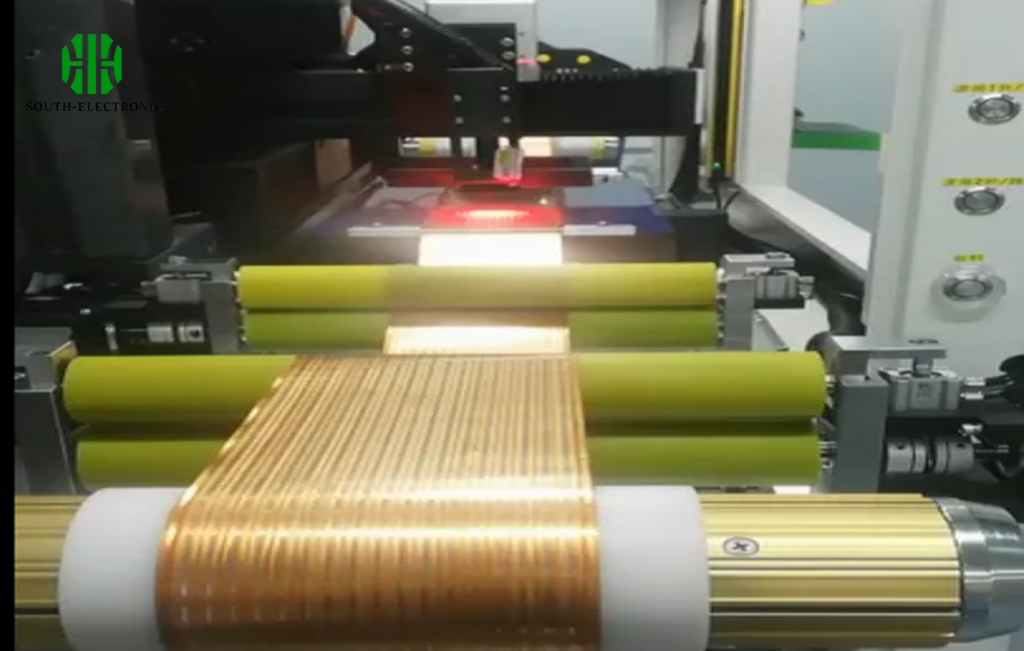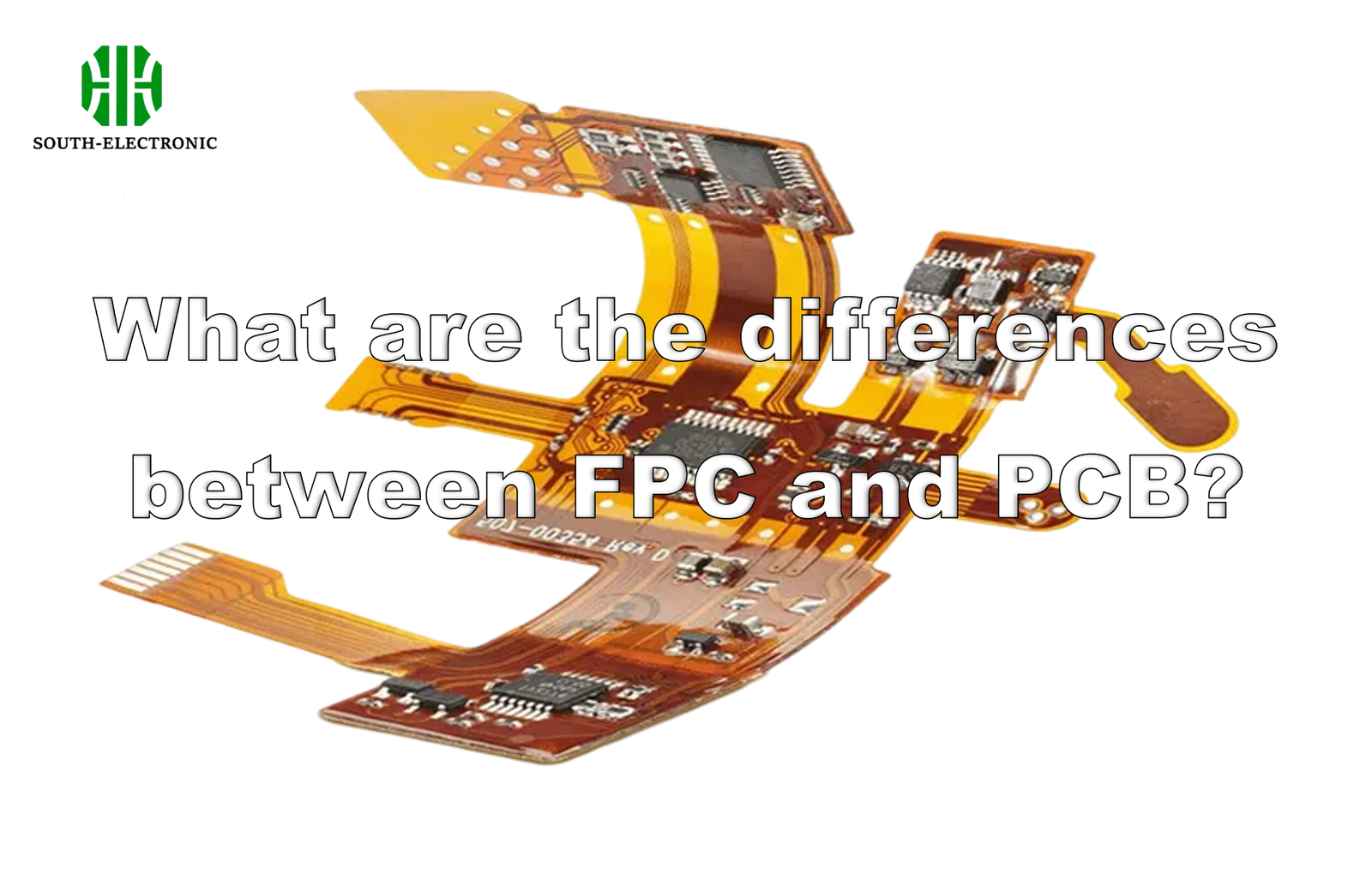The main difference is that FPC (Flexible Printed Circuits) are flexible, lightweight, and adaptable, while PCBs (Printed Circuit Boards) are rigid and durable. This structural difference leads to other key distinctions: FPCs are ideal for compact devices like smartphones and wearables, whereas rigid PCBs are common in larger equipment like TVs and computers. Consequently, FPCs are more expensive to manufacture due to their complex process, while PCBs are more affordable.
What is FPC?
FPC (flexible printed circuit) is a type of PCB, also known as a "soft board." Made from flexible substrates such as polyimide or polyester film, FPC offers advantages such as high wiring density, light weight, thinness, bendability, and flexibility. It can withstand millions of dynamic flexes without damaging the wires. It can move and expand freely according to spatial layout requirements, enabling three-dimensional assembly and achieving integrated component assembly and wire connection. These advantages are unmatched by other types of circuit boards.

Applications of FPC:
-
Mobile phones: They prioritize the light weight and thinness of flexible circuit boards. They can effectively reduce product size and easily connect batteries, microphones, and buttons.
-
Computers and LCD screens: Utilizing the integrated circuit configuration and thinness of flexible printed circuit boards, digital signals are converted into images, which are then displayed on LCD screens.
-
Portable CD players: Utilizing the three-dimensional assembly characteristics and thinness of flexible printed circuit boards, they transform bulky CDs into portable companions.
-
Disk drives: Both hard drives and floppy disks rely heavily on the high flexibility and ultra-thin thickness of FPCs (0.1mm) for fast data access, whether used in PCs or notebooks.
-
Latest applications: Components of suspension circuits and package boards in hard disk drives (HDDs).
Future Development of FPCs
Due to China’s vast FPC market, major companies in Japan, the United States, and Taiwan have established factories there. By 2012, flexible printed circuits, like rigid printed circuits, had achieved significant growth. However, if a new product follows the cycle of "start-development-trend-decline-elimination," FPCs are currently in a period between peak and decline. Until a new product can replace FPCs, they must innovate to maintain their market share. Only innovation can help them break out of this vicious cycle.

So, in what areas will FPCs continue to innovate in the future? They primarily focus on four areas:
-
Thickness. FPCs must be more flexible and thinner.
-
Folding resistance. FPCs are inherently flexible. Future FPCs must have even stronger folding resistance, exceeding 10,000 times. This, of course, requires a better substrate.
-
Price. Currently, FPCs are much more expensive than PCBs. If FPC prices fall, the market will undoubtedly expand significantly.
-
Process technology. To meet diverse requirements, FPC manufacturing must be upgraded, with higher minimum aperture diameters and minimum line widths/line spacings.
Therefore, innovation, development, and upgrading FPCs in these four areas are crucial for their resurgence!

In recent years, the consumer electronics market, led by mobile devices such as smartphones and tablets, has experienced rapid growth, with a growing trend toward smaller, thinner, and lighter devices. Consequently, traditional PCBs are no longer able to meet these requirements. Consequently, major manufacturers have begun researching new technologies to replace PCBs, with FPCs, the most popular, becoming a key connector for electronic devices.
In addition, the rapid rise of emerging consumer electronics markets, such as wearable smart devices and drones, has created new growth opportunities for FPCs. Furthermore, the trend toward display and touchscreen displays in various electronic products has expanded FPC applications across small and medium-sized LCD and touchscreen displays, leading to growing market demand.
A recent report indicates that flexible electronics technology will drive a trillion-dollar market in the future, presenting an opportunity for my country to achieve leapfrog development in its electronics industry and potentially become a national pillar industry.



